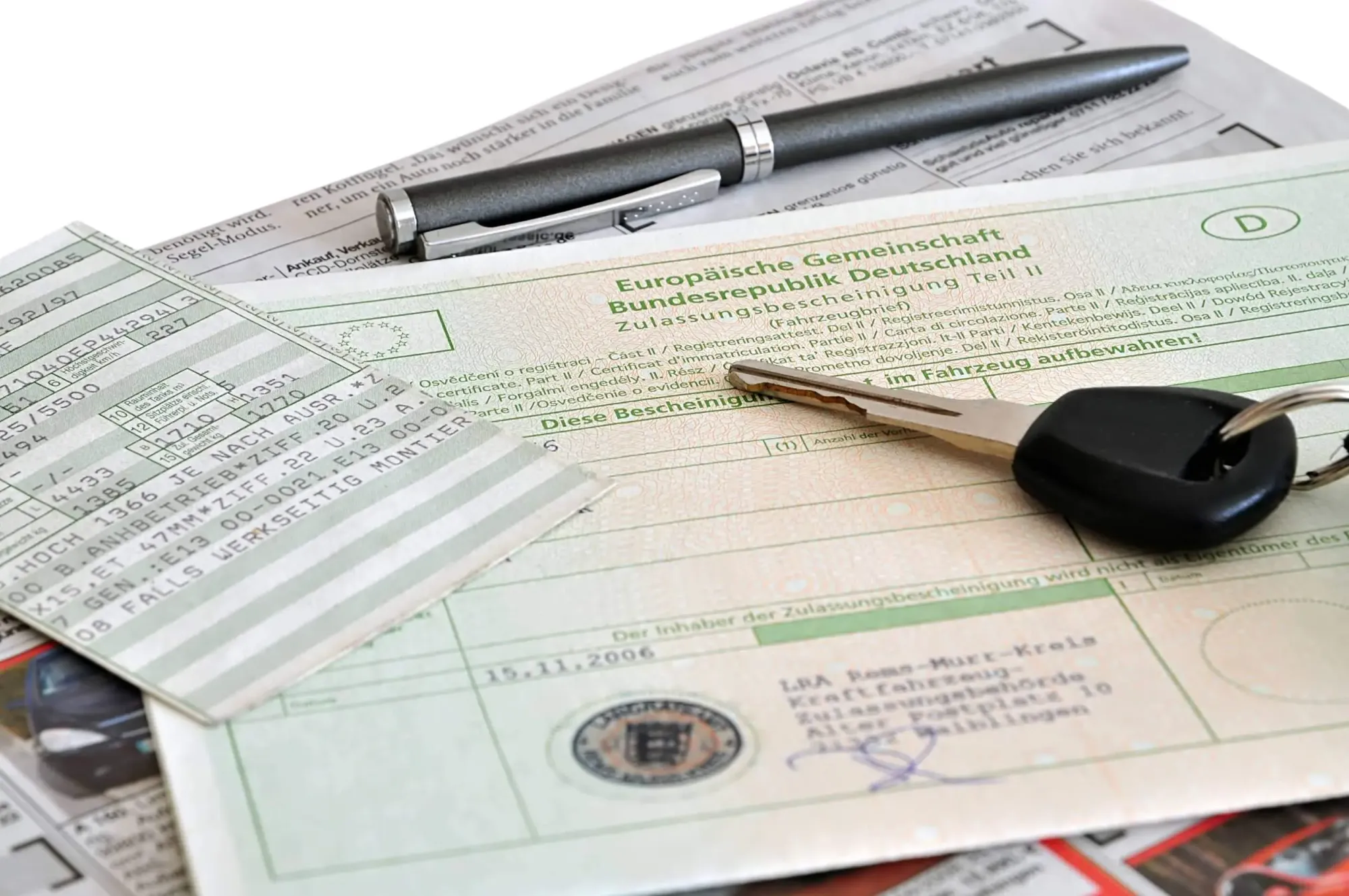You have probably already seen or will see the HSN and TSN numbers on your vehicle registration certificate. This document was standardised in Europe in 2005, so it is very similar in every country.
The registration certificate indicates that the vehicle has been registered and is roadworthy. It is divided into Part I and Part II, although the second part is a copy.
It contains technical information about the vehicle, such as the HSN, TSN, ESN and VIN codes. In this article, we will focus on the first two.
Below, we explain what these numbers mean, what they are used for and where to find them.
What is the HSN?
The HSN number indicates the manufacturer's code. In German, it is the abbreviation for Herstellerschlüsselnummer.
It consists of 4 digits, which indicate the make of the vehicle. For example:
- BMW is 0005
- Audi is 0588
- Opel is 0035
- Ford is 0928
What is the TSN?
This code indicates the type of vehicle.
For vehicles manufactured after 2005, it consists of 5 numbers and 3 letters. Vehicles manufactured before 2005 only have 3 numbers.
Where are the HSN and TSN on the vehicle registration document?
The registration certificate has several sections, which may differ depending on whether you have the old or new model.
For newer vehicles (after 2005), you will find the HSN and TSN codes in fields 2.1 and 2.2, respectively.
On the old model, these codes can be found in the sections “up to 2” and “up to 3”.
What are they used for?
In addition to identifying technical data about the vehicle and its model, the HSN and TSN codes have several other uses:
- Calculating vehicle insurance
- Ordering spare parts
- Calculating vehicle tax
If you are about to buy a vehicle but do not yet have the documentation, there is a way to calculate the insurance and tax for the vehicle without the registration certificate.
The German Federal Motor Transport Authority (KBA) publishes an annual complete and updated list of all these codes.
Other codes: KBA, ESN and VIN
The KBA number is simply an alphanumeric code consisting of the HSN and TSN.
In addition to the above, the ESN number indicates which emissions standard a vehicle complies with. For example: Euro 1 or Euro 6.
This number can also be found on the registration certificate, in field 14.1.
The ESN is useful for calculating vehicle tax and insurance.
The VIN number is an alphanumeric code that identifies each vehicle and can also be found on the registration certificate.
It provides information about the manufacturer's characteristics and specifications, such as the year of manufacture, model, country of origin, etc.
It is especially useful if you are thinking of buying a second-hand vehicle.
It will help you to obtain the Certificate of Conformity, find out the number of registrations, vehicle withdrawals, warranty coverage or theft.
